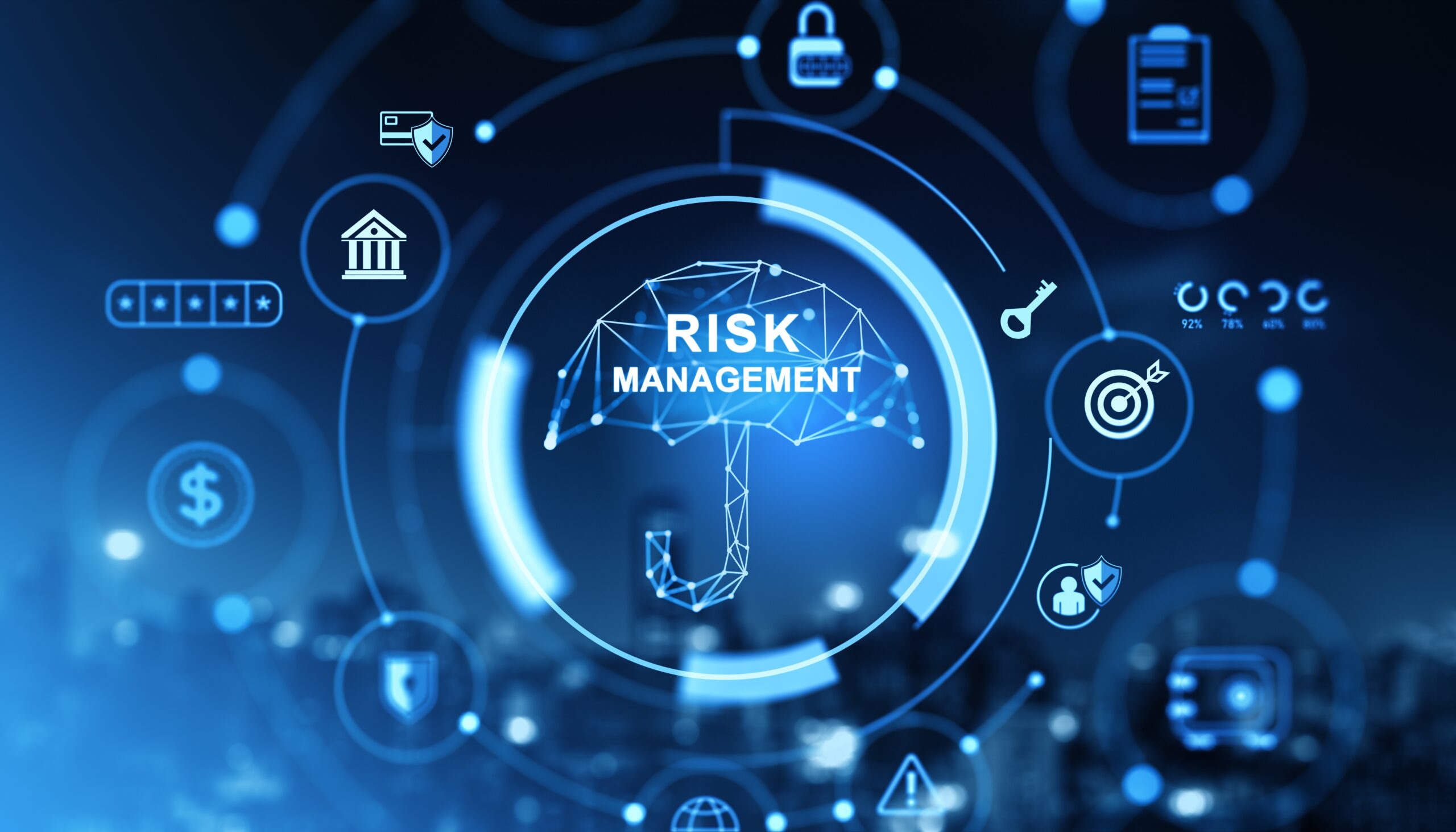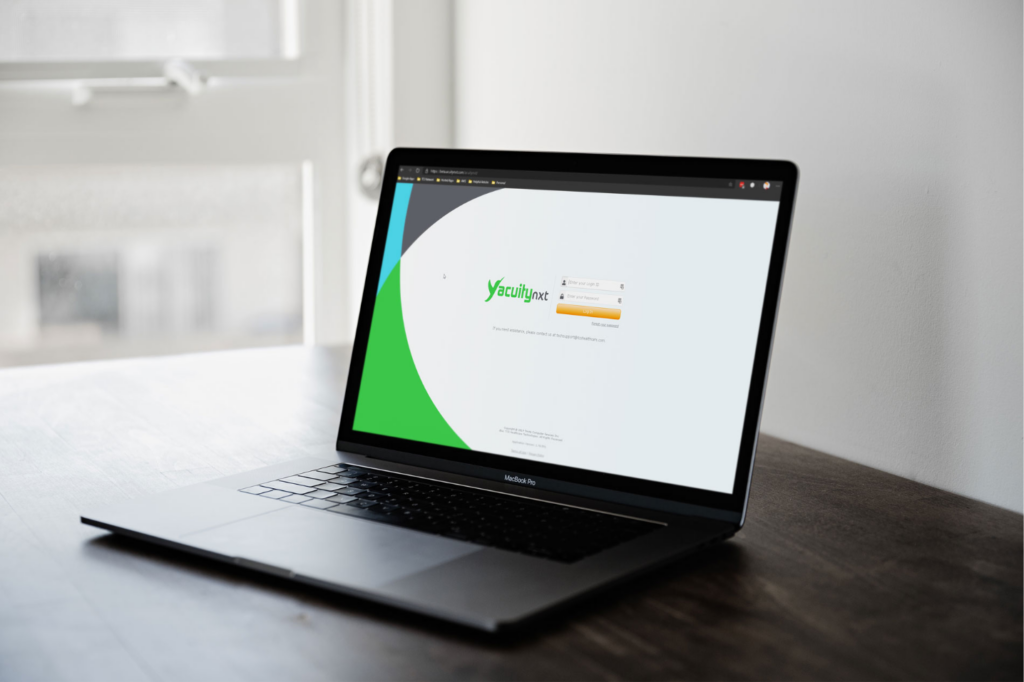
At a Glance:
- Risk management in healthcare involves identifying, assessing, and reducing potential threats to patient safety, organizational operations, and compliance with regulations.
- Effective risk management improves patient outcomes, safeguards data security, and ensures compliance with laws and standards.
- Common risks, such as medication errors, data breaches, and staff safety incidents, highlight the importance of robust mitigation strategies. Implementing clear policies, comprehensive training, efficient incident reporting systems, and advanced technological tools like compliance monitoring are essential for minimizing these risks effectively.
Understanding Risk Management in Healthcare and Why It’s Important
The healthcare ecosystem is inherently complex, involving high-stakes decision-making, sensitive data handling, and stringent regulatory requirements. Any lapses in risk management can have far-reaching consequences, such as legal penalties, financial losses, and harm to patients. Risk management in healthcare is a systematic approach to identifying, assessing, and addressing risks that could harm patients, staff, or the organization itself. It serves to reduce vulnerabilities, ensure regulatory compliance, and maintain operational integrity.
At its core, risk management protects what matters most in healthcare settings: patient safety. However, it extends beyond clinical care to include financial, operational, and reputational risks. This multidimensional focus underscores the urgency and importance of implementing rigorous processes.
Risk management in healthcare entails a series of proactive and reactive measures designed to prevent adverse events while mitigating the impact when risks materialize. These risks stem from diverse sources, including human error, technology failures, and compliance gaps. By addressing these issues, healthcare organizations aim to create secure environments for patients and staff, while adhering to legal and ethical obligations.
Ultimately, effective risk management acts as a safeguard, allowing organizations to anticipate problems before they escalate. It fosters trust with patients, helps ensure compliance, and supports continuous improvement.
10 Best Practices for Risk Management in Healthcare
Successful risk management programs share common elements, regardless of the organization’s size or specialization. Below are the pillars of a comprehensive strategy:
1. Identification and Assessment of Risks
Routine risk assessments form the foundation of effective management. Tools such as clinical audits, data analytics, and staff reporting help teams identify vulnerabilities across operations.
For example, tracking medication errors through an incident reporting system can reveal trends in dispensing mistakes, prompting corrective actions. Similarly, regular cybersecurity audits can protect health data from external threats.
2. Patient Safety Risk Management
A crucial aspect of healthcare risk management is patient safety. This involves creating protocols to eliminate preventable harm. For instance, practices like barcode medication administration (BCMA) reduce errors at the point of care. Additionally, adherence to infection control policies helps limit the spread of healthcare-associated infections (HAIs).
3. Regulatory Compliance
Compliance with regulations like HIPAA (Health Insurance Portability and Accountability Act) or GDPR (General Data Protection Regulation) forms the bedrock of risk management strategies. Noncompliance can lead to severe legal repercussions, alongside harm to an organization’s reputation.
Technological solutions such as [product] compliance monitoring tools ensure consistent adherence to frameworks by automating compliance checks and reporting mechanisms.
4. Incident Response and Reporting
When adverse events occur, healthcare organizations require systems to respond effectively. Utilizing platforms for incident reporting and documentation not only ensures transparency but also supports root cause analysis. This approach ensures that lessons learned inform organizational improvements.
5. Staff Training and Awareness
Training programs for staff are indispensable in identifying and addressing risks. For instance, equipping employees with the knowledge to detect phishing emails can improve cybersecurity readiness. Employee awareness campaigns also reinforce a culture of accountability.
6. Data Privacy and Security
Protecting sensitive patient information is a critical component of risk management. Encryption, secure access controls, and regular system updates safeguard data against breaches. Organizations should also implement data recovery plans to ensure continuity in case of cyberattacks or system failures.
7. Contingency and Emergency Preparedness
Preparedness for emergencies, such as natural disasters or public health crises, is crucial. Developing contingency plans, conducting regular drills, and maintaining communication protocols ensure healthcare facilities can continue operations under unexpected circumstances.
8. Quality Assurance and Improvement
Continuous quality improvement (CQI) programs help identify inefficiencies and enhance care delivery. These programs rely on patient feedback, performance metrics, and process evaluations to ensure high standards of care and mitigate risks.
9. Financial Risk Management
Financial risks, such as billing errors, fraud, or funding shortages, can significantly impact operations. Automating billing systems, conducting regular financial audits, and maintaining sufficient reserves help reduce these risks and ensure economic stability.
10. Partnership and Vendor Management
Healthcare organizations often rely on third-party vendors for services and supplies. Proper vetting, contract management, and routine performance evaluations of vendors ensure they meet compliance and quality standards, reducing operational, legal, and safety risks for healthcare the healthcare industry.
Examples of Risk Management in Action:
Healthcare organizations employ various tools and strategies to address risks. Below are illustrative examples:
- Medication Error Prevention – Hospitals use electronic prescribing systems to minimize human errors. Additionally, integrating double-check processes for high-risk medications ensures higher accuracy.
- Data Protection – Deploying robust encryption, firewalls, and multi-factor authentication guards sensitive health data against breaches. Regular vulnerability assessments further strengthen defenses.
- Operational Safety – Reporting hazards such as wet floors or faulty equipment contributes to a safer environment for both patients and staff. This proactive approach reduces incidents of workplace injury.
Tools for Managing Risk Effectively
Healthcare organizations rely on technology, policies, and strategies to enhance their risk management frameworks. Below are tools and practices that can make a difference:
- Compliance Monitoring Platforms: These tools automate adherence to regulatory frameworks, reducing the chance of missed requirements and increasing audit-readiness.
- Root Cause Analysis Frameworks: Analyzing the root cause of incidents enables organizations to address systemic flaws rather than focusing solely on surface-level symptoms.
- Third-Party Vendor Evaluations: With growing reliance on external partnerships, assessing vendor risks is critical. Vendor risk management platforms ensure partners comply with standards, mitigating vulnerabilities.
- Risk Management Plans: Organizations must create comprehensive risk management plans, including identifying and assessing risks, implementing controls, monitoring vulnerabilities, and responding to incidents.
For more actionable guidance, explore our risk management assessment services here.
Navigating Healthcare Risk
A secure and compliant healthcare environment begins with a strategic approach to risk management. By prioritizing policies that safeguard patient safety, secure sensitive data, and fortify operational stability, your organization can build resilience in an evolving landscape.
Learn more about enhancing risk management within your healthcare organization today. For additional insights, check out our blog on managing third-party vendor risk in healthcare here.
FAQ
What are some examples of risk management in healthcare organizations?
Examples of risk management in healthcare include implementing electronic prescribing systems to reduce medication errors, conducting regular cybersecurity audits to protect sensitive patient data, and enforcing infection control protocols to prevent healthcare-associated infections.
How does risk management improve patient safety in healthcare settings?
Effective risk management improves patient safety by identifying vulnerabilities and implementing controls to prevent harm. For example, systems like barcode medication administration (BCMA) reduce dispensing errors, while standardized procedures for infection control lower the incidence of healthcare-associated infections. Incident reporting systems also allow organizations to track and analyze adverse events, enabling continuous improvement.
Why is compliance a critical part of risk management in healthcare?
Compliance ensures organizations meet legal and regulatory standards, such as HIPAA or GDPR. Failing to comply can result in severe penalties, reputational damage, and disrupted operations. Compliance monitoring tools automate checks and reporting, reducing the risk of oversight. By adhering to regulations, organizations not only protect sensitive data but also build trust with stakeholders while minimizing operational vulnerabilities.
Protect Your Data



